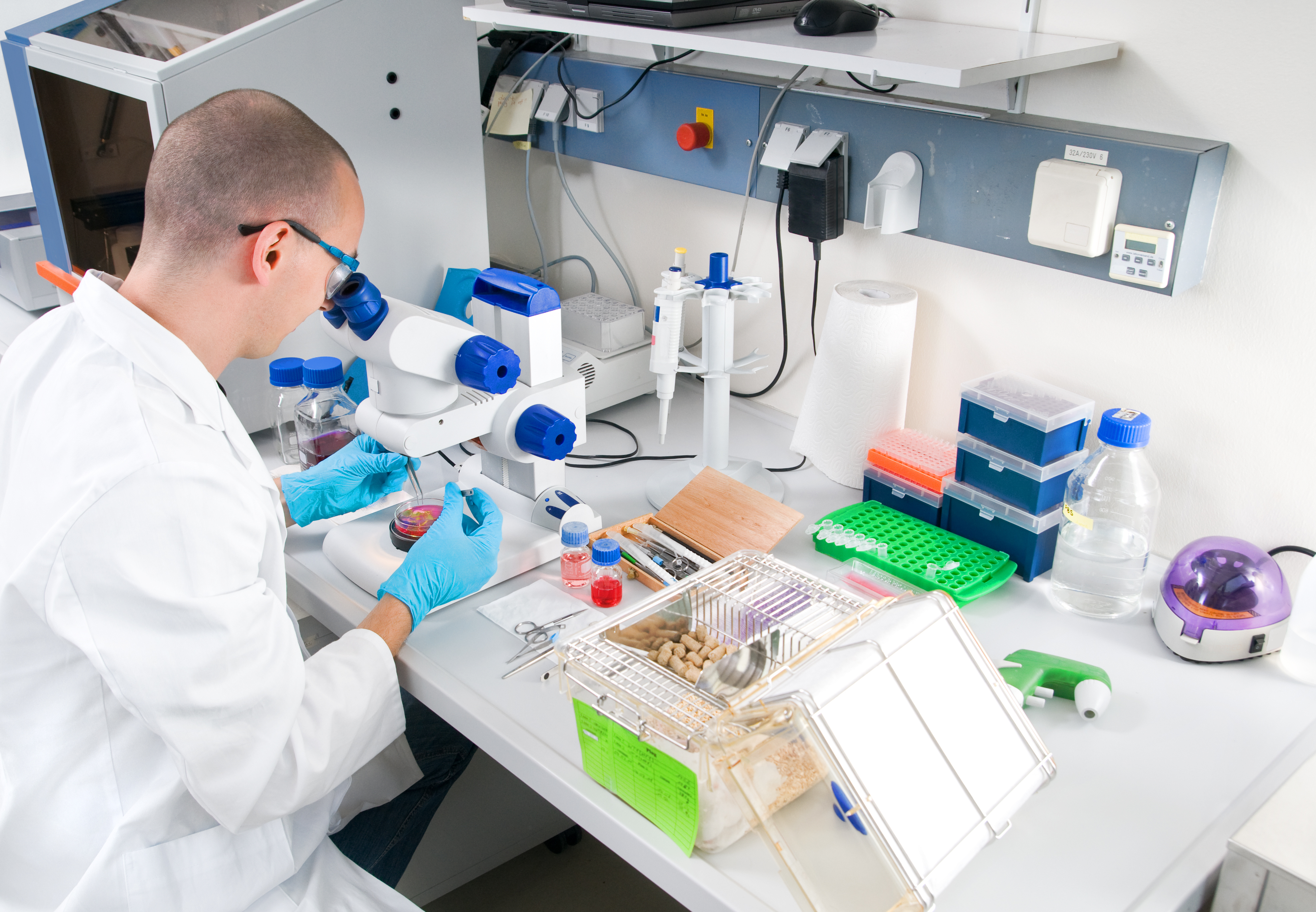Macrophages Stimulate Nerve-associated Scarring in PF, Study Shows

Immune cells called macrophages can stimulate nerve-associated lung scarring (fibrosis) in pulmonary fibrosis (PF), a study reports.
Its findings suggest that antagonists (or inhibitors) of alpha-1 adrenergic nerve receptors may be a potential avenue for PF treatment.
The study, “Macrophage-derived netrin-1 drives adrenergic nerve–associated lung fibrosis,” was published in the Journal of Clinical Investigation.
PF is a progressive lung disease characterized by the thickening and stiffening of lung tissue, leading to scarring (fibrosis) that gradually compromises a person’s ability to breathe. Fibrosis is characterized by an uncontrolled accumulation of the extracellular matrix — the mesh-like scaffold surrounding cells — and is in part driven by immune cells called macrophages.
The inflammatory process associated with fibrosis seems to be promoted by neuronal guidance proteins, such as laminin-like protein netrin-1 (NTN1) — a factor produced by the extracellular matrix — that participate in the remodeling of multiple tissues.
Researchers with the Yale School of Medicine, working with colleagues, investigated how macrophage-derived NTN1 contributes to lung scarring in a mouse model of PF. The team also analyzed genetic data from a group of PF patients.
“In this study, we proposed that macrophage-derived NTN1 contributes to fibrosis through its [neuronal] guidance and remodeling functions” of adrenergic nerves, the team wrote. Of note, NTN1 is known to control adrenergic innervation of visceral organs, and the remodeling of injured peripheral nerves.
To test their hypothesis, researchers started by administering bleomycin to mice — a toxic compound that triggers inflammation and induces PF in these animals. Macrophages expressing NTN1 were seen to accumulate after bleomycin exposure, suggesting that these specific cells may drive pulmonary fibrosis.
Several strains of mice with specific NTN1 deficiencies were then exposed to bleomycin. Researchers found that maximal induction of fibrosis in this model required NTN1 derived from macrophages, but not of fibroblast origin.
Of note, fibroblasts are considered to be the main contributors to fibrosis. These cells synthesize and secrete collagen and extracellular matrix components.
In this mice model, fibrosis was also associated with NTN1-expressing macrophages, remodeled adrenergic nerves, and increased levels of noradrenaline — a chemical messenger that transmits signals between nerve cells and is secreted by adrenergic nerves.
“When viewed in combination, these data suggest that NTN1’s role in fibrosis may involve a previously unrecognized mechanism involving adrenergic nerves,” the team wrote.
Then, to test if adrenergic denervation (meaning nerve loss) would attenuate (lessen) fibrosis, the researchers treated PF mice with a neurotoxin called 6-hydroxydopamine hydrochloride (6-OHDA) that induced denervation in the lungs.
Reduced collagen content — a fibrosis marker — was evident in the denervated lungs of bleomycin mice, compared with animals not treated with 6-OHDA (mice without denervated lungs). These data suggested that “adrenergic denervation attenuates experimentally induced lung fibrosis,” the researchers wrote.
To evaluate a direct effect of NTN1 on adrenergic nerves, researchers investigated its receptor DCC in mice with only one functional copy of the DCC gene, and therefore lower DCC levels.
After bleomycin exposure, the lungs of these mice showed an improvement in fibrotic markers, such as a decrease in collagen content, suggesting that macrophage-derived NTN1 affects adrenergic nerve remodeling and is associated with lung fibrosis through a receptor-mediated interaction with DCC.
Moreover, bleomycin mice responded to treatment with alpha-1 adrenoreceptor blockers — inhibitors of adrenergic receptors, like terazosin. These inhibitors suppressed lung fibrosis and significantly reduced collagen accumulation.
After the experiments in mice, researchers analyzed the genetic data of 119 patients with idiopathic PF (IPF) and 50 controls from the Lung Genomics Research Consortium.
IPF patients had increased NTN1 gene expression compared with controls. This gene provides instructions for the production of the NTN1 protein. (Gene expression is the process by which information in a gene is translated to create a working product, like a protein.)
Similar findings were reported in lung biopsy samples from IPF patients obtained from the Yale Lung Repository.
Increased NTN1 protein expression was also found in macrophages from IPF patients, as were higher noradrenaline levels in IPF lungs, suggesting a relationship between NTN1, macrophages, and noradrenaline.
Finally, a survival analysis of a small group of IPF patients showed that those prescribed alpha-1 adrenoreceptor inhibitors had a better survival in comparison to patients not taking these inhibitors.
Overall, “the central discovery reported herein is that macrophage-derived NTN1 drives the development of fibrosis through a mechanism involving remodeled adrenergic nerves, their secretory product noradrenaline, and [alpha-1] adrenoreceptors,” the researchers wrote, adding that alpha-1 inhibitors are “a potentially new fibrotic therapy.”
The team also noted that “because macrophages and/or [neuronal guidance proteins] are implicated in the inflammatory remodeling of multiple organs, our work has significance for diseases affecting the liver, kidney, skin, and bone marrow as well.”
Further studies are needed to confirm the findings, the researchers wrote, as well as to better understand the effect of noradrenaline on alpha-1 adrenergic receptors and the role of other neurotransmitters.







